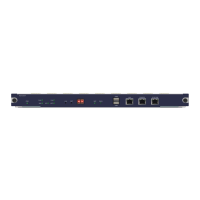Confidential and Proprietary Information of ZTE CORPORATION 257
Chapter 17
Policy Routing
Configuration
This chapter introduces policy routing and relevant
configurations on the ZXR10 GER.
This chapter covers following topics.
TABLE 304 TOPICS IN CHAPTER 17
Topic Page No
Overview 257
Configuring Policy Routing 259
Overview
Traditionally, a router obtains the next hop by searching in the
routing table according to the destination address, and then
forwards messages. The routing table entry is specified statically
by the network administrator or generated dynamically by the
routing protocol through the routing algorithm. Compared with
the traditional routing, policy routing is more powerful and more
flexible. With policy routing, the network administrator can
select the forwarding path according to the destination address,
message application (TCP/UDP port number) or source IP
address.
In message forwarding control, policy routing is more capable
than traditional routing. Policy routing can implement traffic
engineering to a certain extent, thus making traffic of different
service quality or different service data (such as voice and FTP)
to go to different paths. The user has higher and higher
requirements for network performance, therefore it is necessary
to select different packet forwarding paths based on the
differences of services or user categories.
Introduction
Contents
Routing Table
Message
Forwarding
Control

